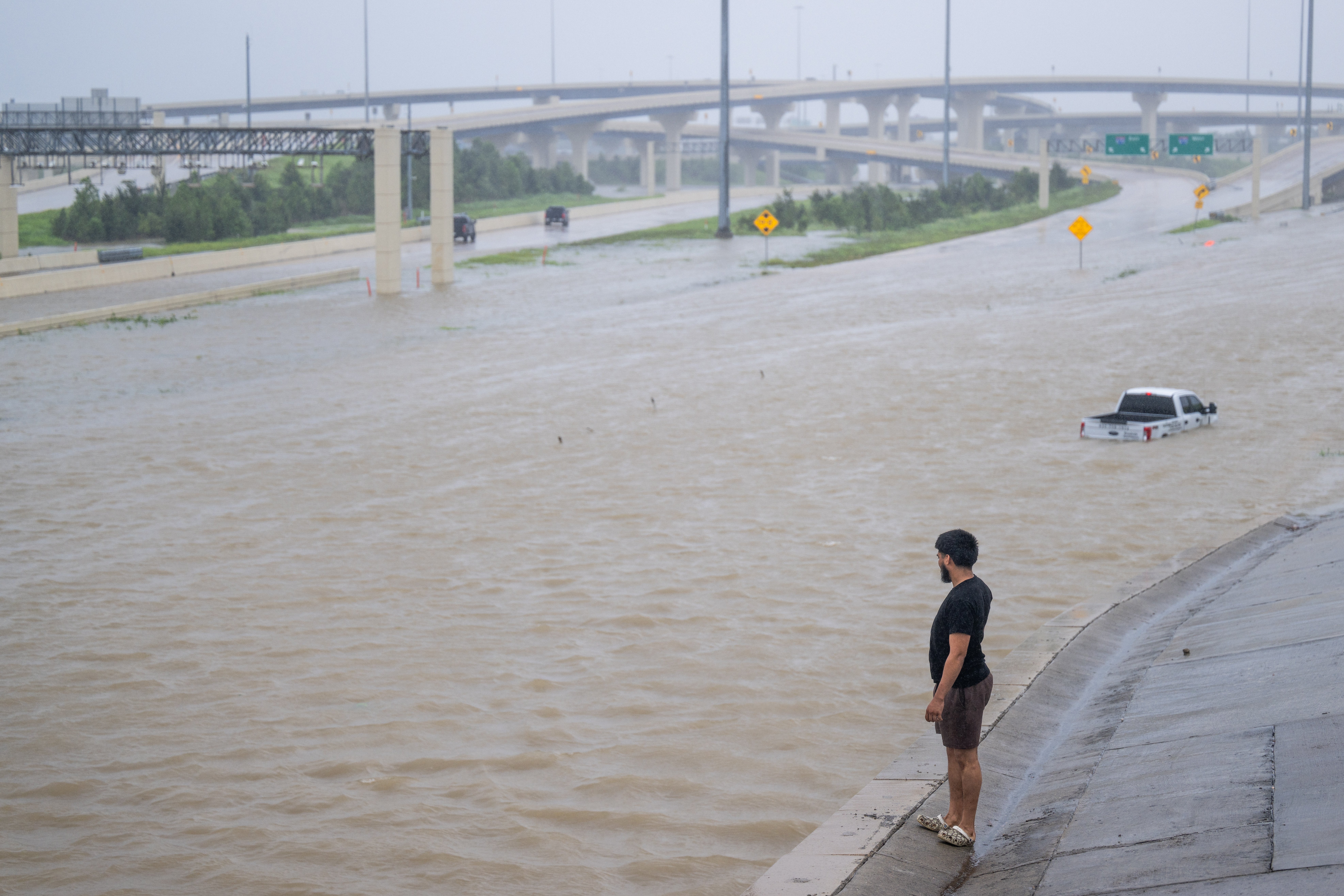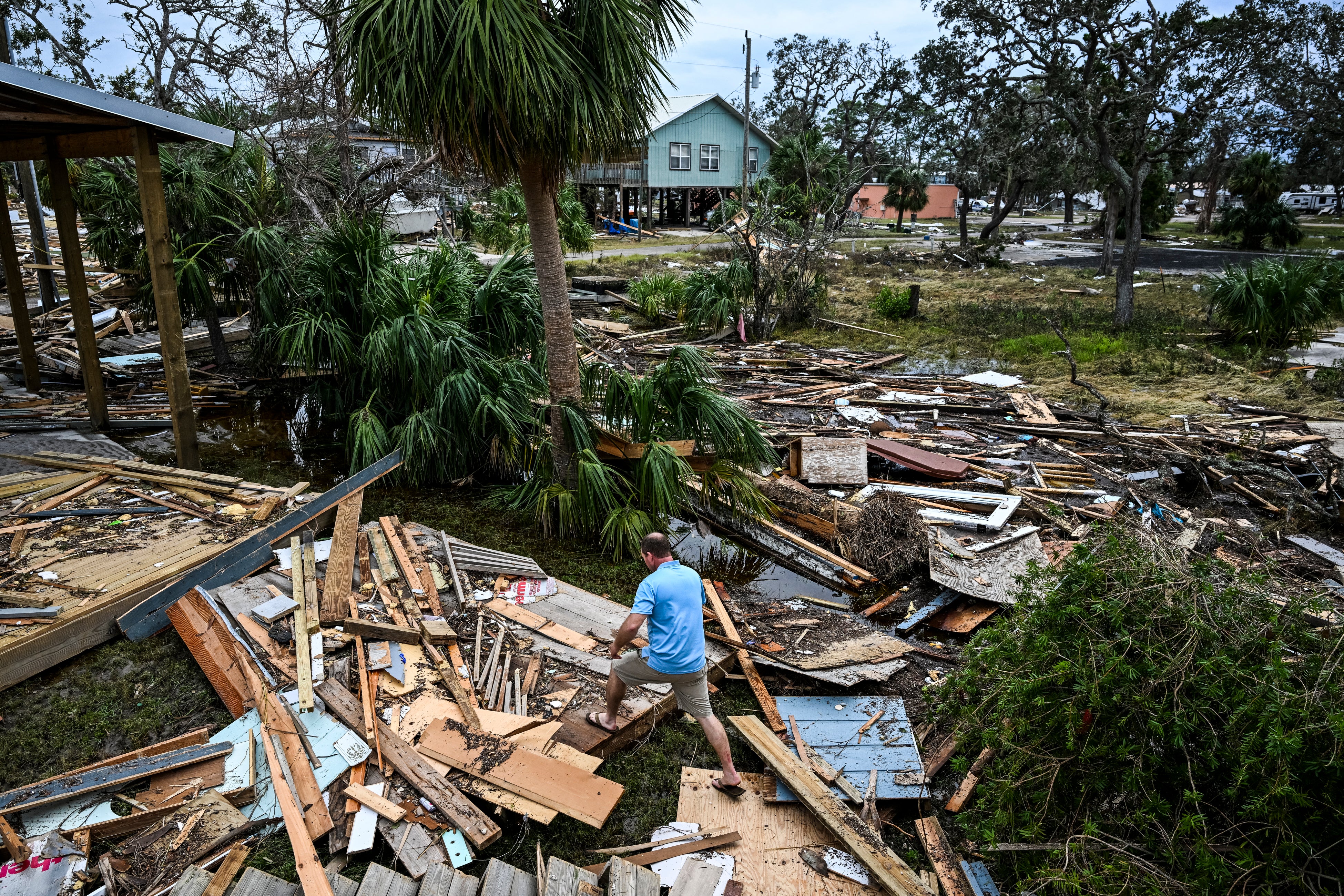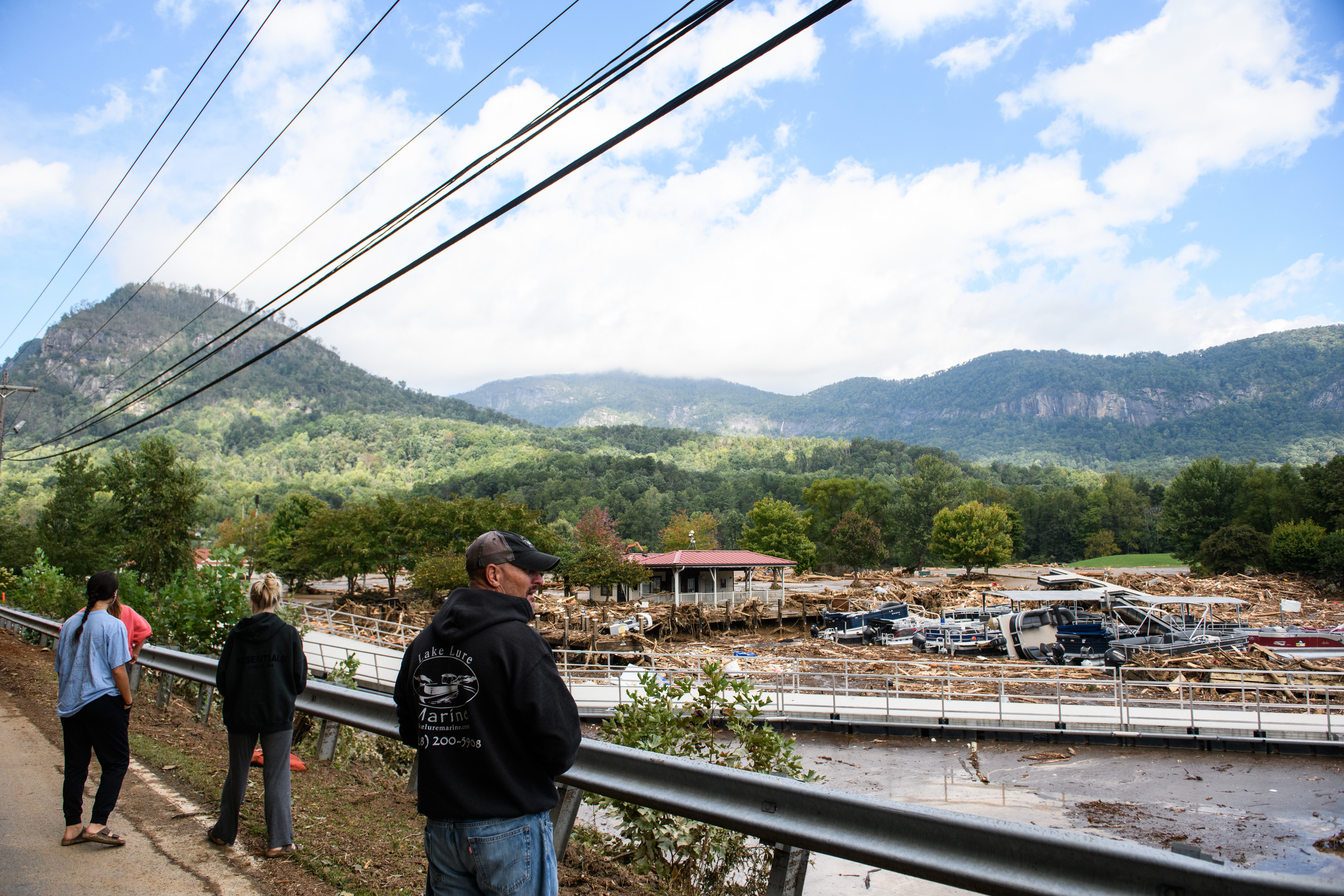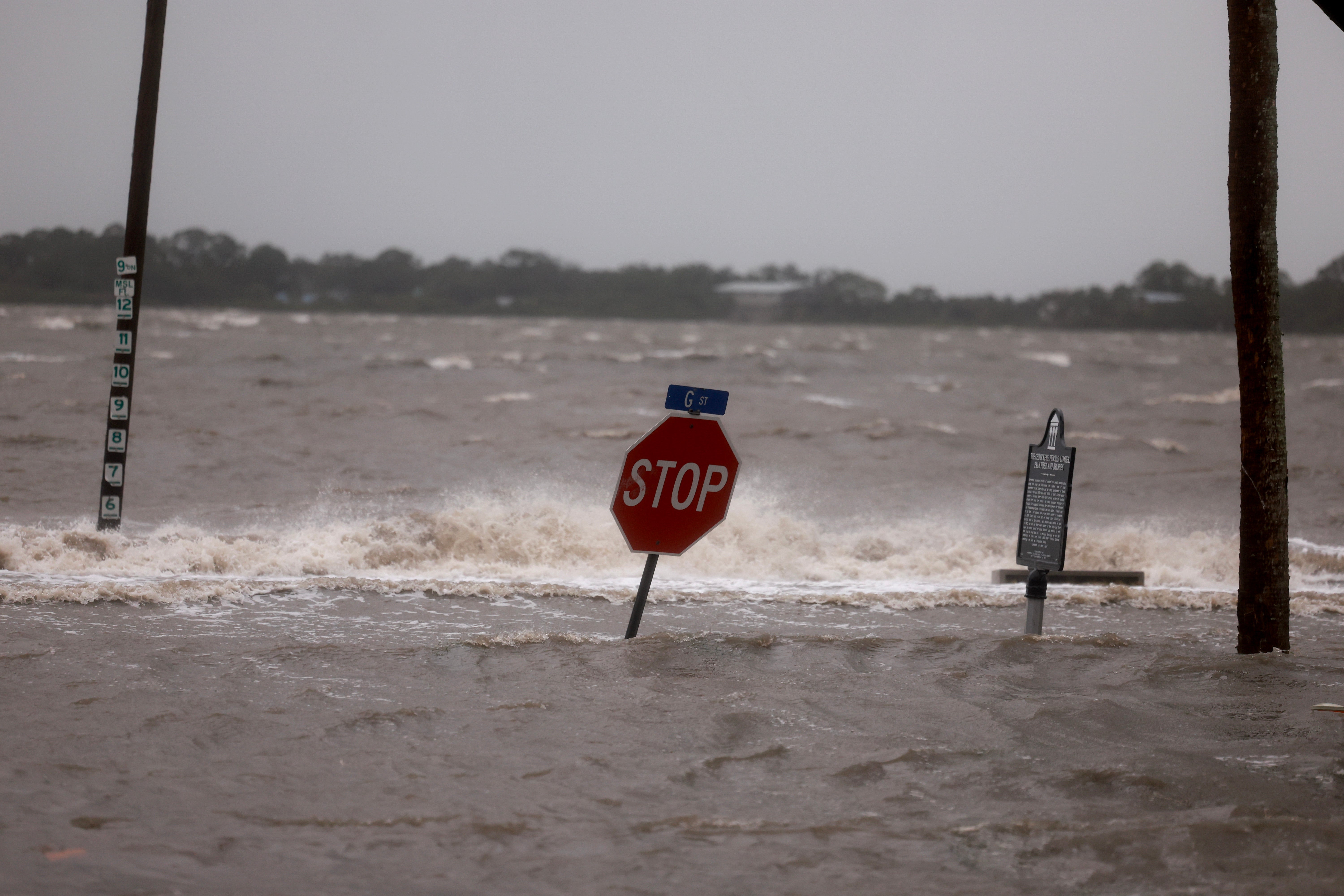Here are the forecasts of the Atlantic Oragan of 2025 and the United States regions that face the greatest risk

The premises have issued a perspective for the The next season of the Atlantic hurricanes This starts seriously during the summer, saying that the United States could see between three and six direct impacts from storms.
The “dynamic and potentially volatile” season will have “different similarities with the historical and destructive season of last year”, according to Accuweather, who published his predictions on Wednesday.
“This year we expect a lower number of storms named compared to last year. The total number of storms is not really what defines a season of hurricanes; it is the impact to land and populated areas. It takes only a landing to create a devastating season,” said the chief meteorologist of Accuweather Jonathan Porter.

Between seven and 10 of the 18 storms appointed are scheduled during the season which generally takes place between June and November. Only up to five would become the main hurricanes, defined as a category 3 hurricane with maximum wind speed supported between 111 and 129 mph, according to the forecasts.
Some places have a higher risk of the average of direct impacts. Those identified include Texas, Louisiana, Northern Carolina and the west coast of Florida.
People in areas far from the coasts of the Atlantic and the gulf should prepare for potential tropical impacts, they observed the prospects.

“Similar to last year, the northern and oriental portions of the coast of the Gulf and the Carolina are at a risk higher than the average of direct impacts this season,” explained the expert of Hurricane of Accuweather Alex Dasilva. “The Atlantic Canada and the Caribbean north -oriental also have an increased risk of direct impacts”.
Last year, five hurricanes and an unnamed subtropical storm are landed in the United States, with an estimated economic loss in $ 500 billion.
The one-due of the hurricanes Milton and Helene left the affected Florida and filled the communities of the North Carolina with intense floods and mud. Helene alone was both directly and indirectly responsible for 249 deaths in the United States, according to the Ocean and atmospheric national administration.

Accuweather states that early tropical development is possible in May thanks to exceptionally hot Atlantic waters. The National Hurricane Center was already looking at a disorder at the beginning of this month. Temperatures are currently well above the historical average levels, which can add fuel to storms.
The threat of storms that intensify quickly before making landing is again a “main concern”. Climate change was also Found to make hurricanes faster.
“In the last five years, we have seen water temperatures in the Atlantic, in the Caribbean and in the hot gulf at the levels never seen before in the recorded history. That extra energy can strengthen tropical and hurricane storms,” Anderson said. “The storms that quickly intensify close to the coast can leave people with less time to prepare and react before landing. Quick intensification storms can also complicate the efforts to order evacuations, set emergency shelters and order the stunting along the evacuation routes.”

Accuweather has also observed that water temperatures can cause climatic models with large -scale effects. While nor Niña or El Niño should be present during the first half of the season, this could change within the autumn months. Niña – the coldest phase of the Southern’s southern oscillation climate phenomenon, which has the ability to alter the movement of air all over the world – can lead to a most serious season of hurricane.
“A tendency towards a Niña could produce an active end of the season, while a tendency towards El Niño could lead to an end before the season,” explained Dasilva.




